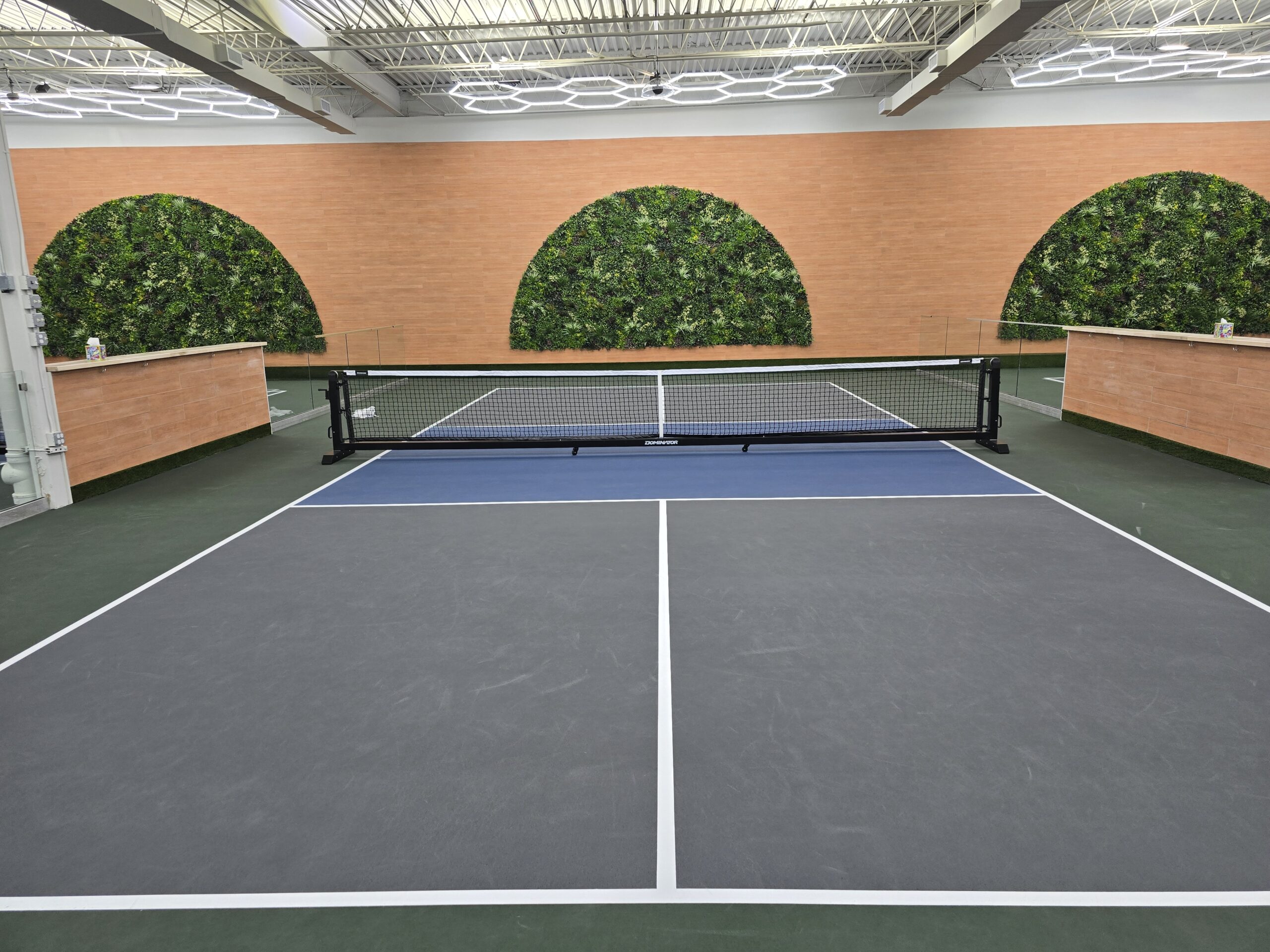If you’ve been playing pickleball for a while, you’ve probably noticed something: the players who know how to use spin have a serious edge. Whether it’s a serve that curves out of nowhere or a dink that dies as soon as it bounces, spin adds a whole new level of strategy to the game. But what exactly is spin, and how can you use it to dominate on the court? Let’s break it down.
What Is Spin, and Why Does It Matter?
Spin is all about the rotation of the ball as it moves through the air or bounces on the court. With heavier spins, you can control space and time much more effectively and easily break down your opponents.
There are three main types of spin you can impart onto the ball:
1. Topspin
This is the spin that gives the ball a forward rotation. It’s great for aggressive shots because the ball dips quickly and stays inbounds, even if it starts high. After the bounce, it speeds up, making it tricky for your opponent to handle.
2. Underspin (also known as Backspin or Slice)
Underspin makes the ball float and keeps it low after the bounce. It’s perfect for slowing down the pace, forcing errors, or setting up your next shot. You’ll often see this in returns, dinks, or drops (including the drop-volley).
3. Sidespin
This one adds a little flair to your game. The ball curves left or right in the air and bounces unpredictably to one side. It’s great for serves and angled shots that can get your opponent off-balance and out of position.
How Do You Add Spin to Your Shots?
The good news is, adding spin isn’t rocket science, but it does take skill and practice. At Slate, we base all technical paddle instruction around GPAS: Grip, Path, Angle, and Speed! But remember, it’s all about the situation first when making the decision to use different spins, but that is for another blog.
1. Grip
For forehand topspin, we recommend you use an eastern or semi-western grip. That allows natural paddle drop and proper angle. For all other shots we recommend the continental grip for stability and adaptability.
2. Path
For topspin, whip up low to high on the ball as you hit it. For underspin, open the paddle face a bit and cut downward. For sidespin, think of brushing the ball from one side of your body to the other.
3. Angle
For all spins, make sure your face is mostly on-edge, or flat, on contact. Yes, even underspin!
4. Speed
For topspin, the speed of your paddle needs to be pretty fast, especially on serves, returns, drives, and speed ups. For sidespin and underspin, the speed can be slower or the ball will sail out.
Why Spin Can Change Your Game:
Spin isn’t just about making your shots fancy—it’s about gaining control. A good topspin shot can keep the ball inbounds even when you hit it hard. Underspin can force your opponent to pop the ball up as it slides, giving you an easy smash. And sidespin? That’s just pure chaos for the other team.
But there’s a flip side: spin can be tricky to control. Without the right understanding of tactics and techniques, you’ll have issues with both effectiveness and safety. Here at Slate, you can learn all these spin skills faster and funner with our Adult STAGE Program, which is coming soon!
When it arrives, join an Adult Group Instructional class at your Level to upgrade every aspect of your game.
See you Slater!


Leave a Reply